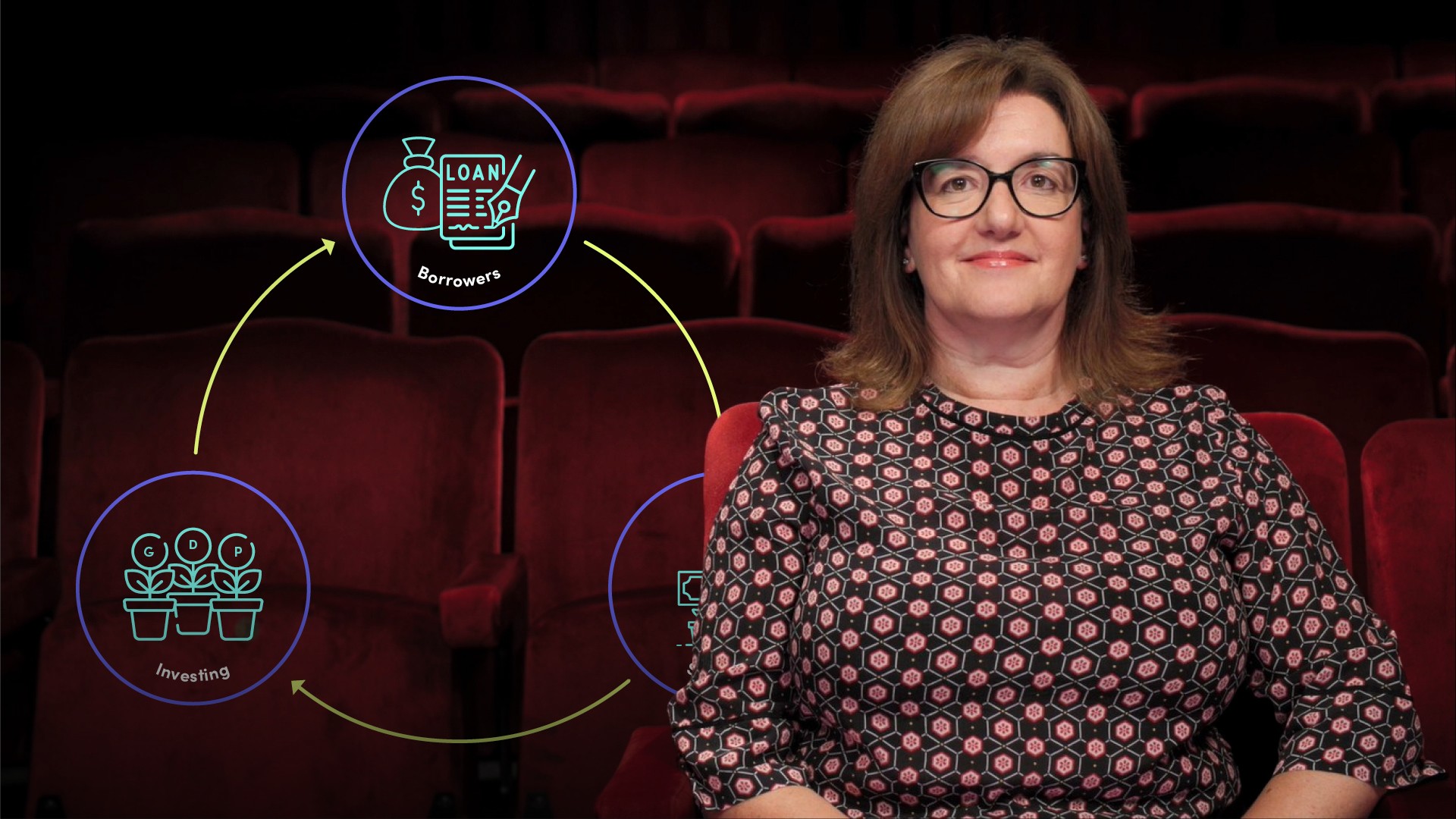
Introduction to Credit Risk Mitigation

Belinda Green
30 years: Credit risk specialist
Credit risk is the risk of financial loss to a lender should a customer or counterparty default. The accurate measure of credit risk is an essential tool for credit decision making and internal risk management. In the first part of this video series, Belinda will discuss the concept of credit risk - what it is, how it is measure?
Credit risk is the risk of financial loss to a lender should a customer or counterparty default. The accurate measure of credit risk is an essential tool for credit decision making and internal risk management. In the first part of this video series, Belinda will discuss the concept of credit risk - what it is, how it is measure?
Subscribe to watch
Access this and all of the content on our platform by signing up for a 7-day free trial.

Introduction to Credit Risk Mitigation
15 mins 12 secs
Key learning objectives:
What is credit risk?
Understand how credit growth facilitates economic growth
What are the types of credit risk?
How is credit risk measured?
Understand how we can mitigate and manage credit risk
Overview:
Credit risk is the risk of financial loss to a lender should a customer or counterparty default. It is managed through a variety of risk management techniques, including documentary mitigants and periodic reviews. The accurate measure of credit risk is an essential tool for credit decision making and internal risk management.
Subscribe to watch
Access this and all of the content on our platform by signing up for a 7-day free trial.
How does credit growth facilitate economic growth?
When access to credit increases, consumers and businesses (and countries) can borrow, spend and invest more. This increased consumption and investment generates more income and boosts wealth. This then leads to an ever-increasing level of credit, which leads to more spending, investment and value creation.
What is credit risk?
Credit risk is the risk that a customer or counterparty will fail to meet its agreed contractual obligations and potentially cause the lender to incur a financial loss.
What are the two types of credit risk?
- Direct (on balance sheet)
- Contingent (off-balance sheet)
How is credit risk measured?
The most common approach to measuring credit risk is the Probability of Default approach, where expected credit loss is measured by assessing three key factors:
- The Probability of Default (PD) - Measures the likelihood that the customer or counterparty will default on their agreed contractual obligations within a prescribed time period.
- The Loss Given Default (LGD) - It measures the percentage of the bank’s exposure that is at risk, should the customer or counterparty default.
- The exposure at Default (EAD) - It represents the total amount owed by the customer or counterparty at the time of default, net of any recovery amount.
What are the drivers of credit risk fluctuations?
- Changes to macroeconomic environment
- Changes in industry fundamentals
- Changes to company’s business model
- A deterioration in the quality and value of assets pledged as collateral
Highlight some forms of credit mitigation
- Hedging the exposure with credit default swaps
- Buying credit insurance
- Selling the debt in the secondary markets
Subscribe to watch
Access this and all of the content on our platform by signing up for a 7-day free trial.

Belinda Green
There are no available Videos from "Belinda Green"



























